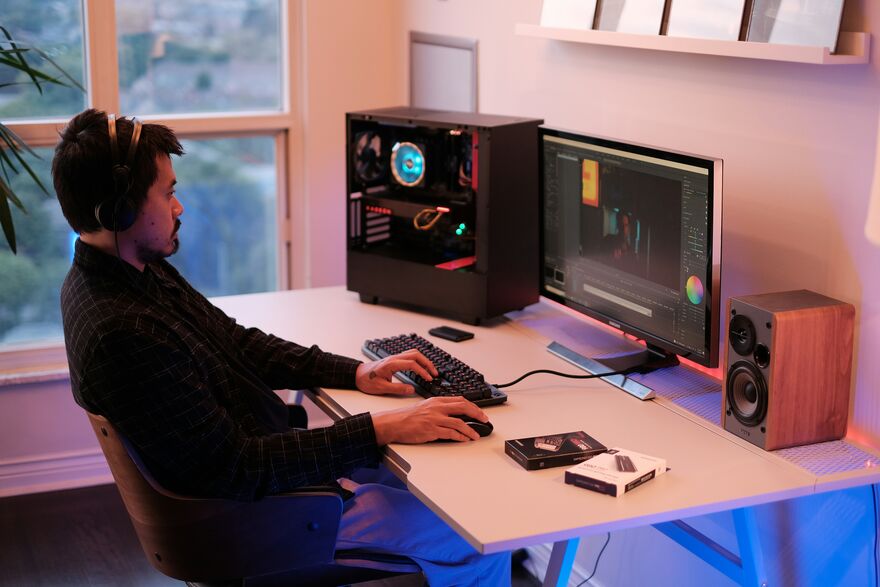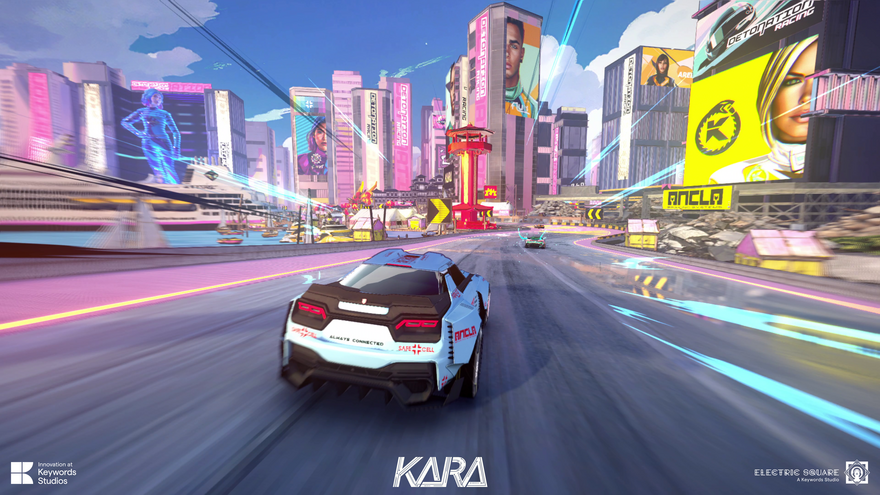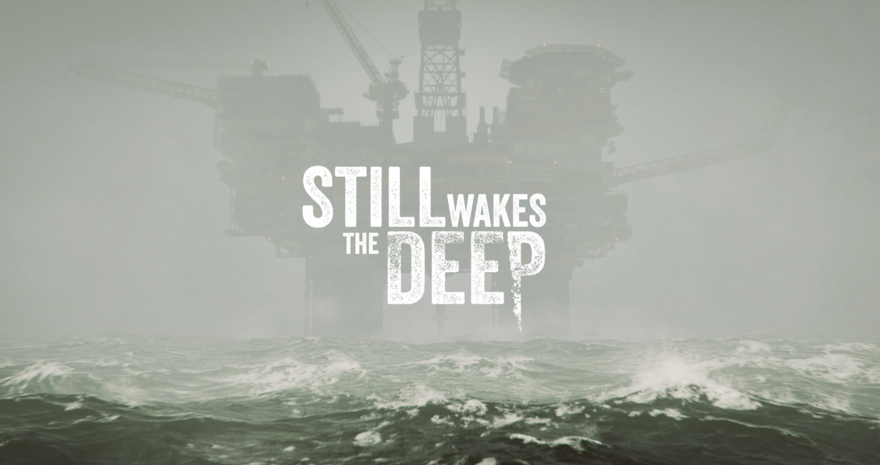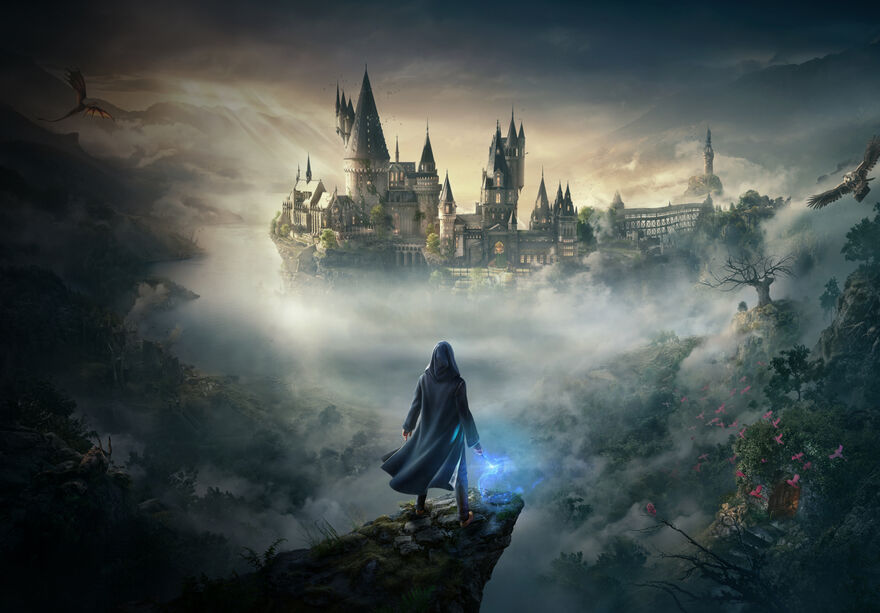What Is 2D Game Development? A High-Level Guide to the Process
Explore the process of 2D game development – from idea to launch – and learn how small teams bring big ideas to life.

Not every game needs to be a blockbuster with exploding pixels and million-dollar budgets. Some of the most beloved experiences in the games industry are humble, clever, and beautifully crafted in two dimensions. Welcome to the world of 2D game development – a cornerstone of video game development that continues to inspire.
Whether you're a solo dev noodling on your first game, part of an indie studio with a killer game idea, or simply curious about how it all works, here's a human-first, high-level look at what 2D development actually involves.
Key Takeaways
- 2D game development offers a more approachable entry into video game development, ideal for indie studios or solo devs.
- The process supports rapid prototyping, creative freedom, and easier access to implementing new features.
- Visual storytelling remains a key focus, with plenty of flexibility across styles, from pixel to vector-based graphics.
- Choosing the right game engine, tools, and workflow setup is essential for keeping projects efficient and enjoyable.
- Collaboration is made easier in 2D workflows, letting small teams make big ideas come to life.
What Is 2D Game Development?
You know those games where you move left, right, up, and down - but never into or out of the screen? That’s 2D game development in action. It's a way of creating games that unfold on a flat plane, with gameplay focused on tight mechanics and visual clarity rather than realistic depth or camera angles.
Games like Celeste and Baba Is You prove that 2D doesn’t mean simplistic. In fact, it’s often where some of the most inventive and emotionally resonant titles thrive.
This form of development goes way back - think arcade classics and early consoles. And while the tech has come a long way, the appeal of 2D remains the same: easy to learn, hard to master, and capable of delivering unforgettable experiences.
Why Choose 2D Over 3D?
It’s not always about pushing polygons. Sometimes, 2D is simply the smarter route for what you’re trying to build.
- Faster to prototype – You can get ideas on-screen quickly, which is handy when you're experimenting.
- Budget-friendly – Perfect for small teams that don’t have the time or funds to build detailed 3D assets.
- Artistic freedom – From minimalist line drawings to retro pixel art, 2D leaves plenty of room for personality and own art style.
- Beginner-friendly – If you’re learning the ropes of video game programming, it’s easier to focus on gameplay without battling complex tech.
Plenty of successful indie games start here - not because it’s easier, but because it’s a more efficient way to test bold ideas without overextending resources.
A Quick Look at the Process
You can make a 2D game in a weekend. Or you can spend years refining every pixel. Here’s the general roadmap either way:
1. The Game Idea
Every project starts here. Maybe you’ve got a new mechanic in mind, or a story you want to tell. This is where you sketch out the concept and figure out what kind of experience you’re creating.
- Define the core gameplay loop
- Start drafting a design doc (doesn’t have to be fancy)
- Think about the vibe: fast-paced arcade? slow puzzle? heartfelt narrative?
2. Pick Your Engine
You’ll need a game engine – the toolkit for building your world. Unity (with 2D settings and the Universal Render Pipeline), Godot, and GameMaker are all solid bets.
Look for:
- Drag-and-drop level editing
- Animation tools
- Cross-platform support
Try a few before locking in. Comfort matters.

3. Make It Look and Sound Good
This is where your game design meets artistry.
- Create sprites and sprite atlas for characters and objects
- Build environments, tilesets, and UI elements
- Add music and sound effects using tools like Shader Graph to enhance the style
You don’t need to be a professional artist – plenty of devs use free assets or commission pieces from collaborators. Just make sure the visuals suit your tone.
4. Develop the Mechanics
Now it’s time to make things work:
- Code player movement and interactions
- Handle collisions and physics
- Add menus, scoring, and game logic across each scene and page
Expect to spend a lot of time here, even if you’re using templates or visual scripting. Debugging becomes your best frenemy.
5. Play, Test, Repeat
The best games are built through iteration.
- Playtest early (and often)
- Ask for outside feedback – maybe from your old college game dev mate
- Refine and polish – then polish some more
Bug squashing and balance tweaking are where great games are made. You’ll be surprised what you’ve blocked, what went wrong, or what triggers didn't trigger the way you expected.
6. Launch (Then Keep Going)
Once it’s ready, share it with the world:
- Publish on Steam, itch.io, or mobile stores
- Promote via social media and gaming communities
- Patch, update, and listen to your players
If you’re planning to grow your own studio, how you handle post-launch matters as much as the release itself. Make sure players have access to updates and support.
Who’s Typically Involved?
You might be doing it solo, but if you’re part of a team, here are the usual suspects:
- Game designer – shapes the gameplay and structure
- Developer – builds the game systems and logic
- Artist – handles the visual side including texture work
- Sound designer – gives it atmosphere
Larger teams bring in project leads, QA testers, and marketers to keep things on track.
Useful Tools for 2D Developers
There are loads of tools out there. Here are a few that consistently pop up in indie workflows:
- Unity / Godot / GameMaker – game engines with strong 2D support
- Tiled – level editor with a drag-and-drop interface
- Spine – for detailed 2D animations
- Audacity – free audio editing tool
Pick what suits your workflow – and don’t be afraid to mix and match.

Final Thoughts
You don’t need a massive budget, a huge team, or industry experience to make something special. 2D game development is full of opportunity – whether you’re building for fun, launching a career, or laying the foundation of your own games.
At Keywords Studios, we work with game developers around the world to help bring their projects to life. Whether you need support with QA, localisation, or full production, our teams are here to back you every step of the way.
Got a 2D project in the works? Let’s talk about how Keywords Studios can support your creative journey.







